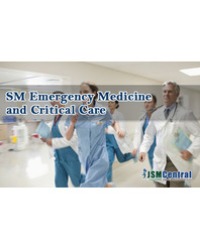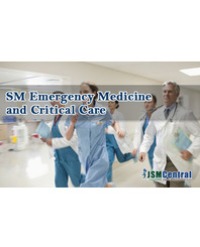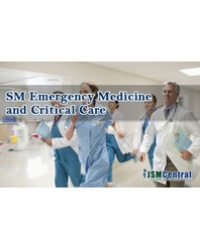
Pregabalin-Induced Heart Failure: A New Entity?
Pregabalin is a drug widely used in patients with neuropathic pain. While it may cause common adverse events such as dizziness, somnolence and peripheral edema, there are a few reports addressing a possible relationship between pregabalin and heart failure. Here we report an elderly woman with a history of heart failure New York Heart Association (NYHA) class I who was taking pregabalin presented with acute decompensated heart failure and acute kidney injury. With discontinuation of pregabalin and supportive treatment, patient’s symptoms improved rapidly and she was discharged well. Though exact mechanism is still unclear, it is believed that antagonism of the L-type calcium channels in vasculature plays a role in pregabalin induced heart failure. Current American Heart Association (AHA) guideline recommends prescribing pregabalin with caution in patients with NYHA class III to IV heart failure. From this case report, we would suggest to use pregabalin cautiously in all patients with history of heart failure (NYHA class I to IV) especially when there is co-existing renal impairment.
Ting LYU, Hongen Wu, and Eeling GOH¹*




